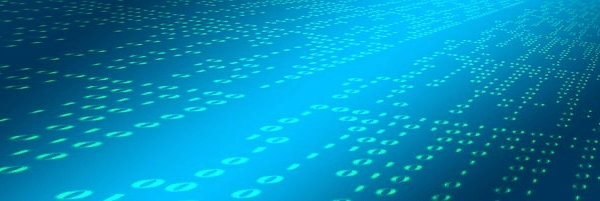Introduction
Trigeminal neuropathic pain is a severe health problem and is difficult to treat because of its complex mechanisms. It often occurs after injuries to the trigeminal sensory fibers induced by trauma and tooth iatrogenic injuries from dental treatments, such as local anesthetic injections, root canal therapies, extractions, oral surgery, dental implants, orthognathic surgery, and other invasive procedures.1,2 Although lots of potential intervention molecular targets in the trigeminal ganglion (TG) for treating trigeminal neuropathic pain have been found,3 for instance, multiple groups of molecules (ATP, glutamate, SP, IL-1β, and TNF-α), receptors (P2X, NMDAR, NK1, and GPCRs), ion channels (voltage-gated potassium channels and voltage-gated calcium channels), and intracellular signaling pathways (MAPKs, PKC, PKA),3–5 consistently effective treatment options are still not available.3,6 Therefore, more preclinical research is expected to elucidate the molecular mechanism underlying trigeminal neuropathic pain and identify novel therapeutic targets to develop a more effective treatment for trigeminal neuropathic pain.
In recent years, emerging evidence suggests that non-coding ribose nucleic acids (ncRNAs) play a vital role in the pathophysiological process of neuropathic pain,7,8 which brings novel landscapes for the diagnosis and treatment of trigeminal neuropathic pain. According to their size, ncRNAs mainly consist of micro RNAs (miRNAs), long ncRNAs (lncRNAs), circular RNAs (circRNAs), and small nucleolar RNAs (snoRNAs), which typically do not encode proteins but functionally regulate protein expression.9,10 miRNAs in the TG have been proved to play an essential role in oral cancer pain and orofacial inflammatory pain.11,12 In addition, emerging data indicate that lncRNAs and circRNAs interact with miRNAs to regulate mRNA expression in the progression of neuropathic pain.8,13 Notably, recent studies have reported that lncRNAs in the TG also contribute to trigeminal neuropathic pain and chronic inflammatory temporomandibular joint pain.14,15 These data support that ncRNAs in the TG may be associated with trigeminal neuropathic pain. However, the regulatory functions of ncRNAs in the TG under trigeminal neuropathic pain and their functional mechanisms have not been systematically described.
Chronic constriction injury of the infraorbital nerve (CCI-ION) is a classic animal model of trigeminal neuropathic pain,16,17 resulting in long last orofacial pain status. In this study, a whole-transcriptome sequencing technique was performed to systematically analyze ncRNAs and mRNA expression signatures in the TG of mice with or without trigeminal neuropathic pain induced by CCI-ION. Furthermore, bioinformatics analysis interpreted the potential biological functions of differentially expressed (DE) ncRNAs, DE mRNAs, and DE genes (DEGs) related to pain and analyzed the possible regulatory mechanisms of ncRNAs in trigeminal neuropathic pain.
Methods
Animals
Male and female C57BL/6 mice (7 weeks) were used in the present study. All animal procedures performed in this study were reviewed and approved by the Research Ethics Committee of West China Hospital of Stomatology and were conducted according to the International Association for the Study of Pain guidelines. Animals were habituated for one week before experiments and maintained on a 12:12 light-dark cycle at a room temperature of 22 ± 1 °C with free access to food and water.
Trigeminal Neuropathic Pain Model Induced by CCI-ION
Twenty-four male mice were randomly divided into CCI-ION (n = 12) and sham (n = 12) groups. In addition, six female mice were randomly divided into CCI-ION (n = 3) and sham groups (n = 3). Chronic constriction injury of the infraorbital nerve (CCI-ION) was carried out to establish orofacial neuropathic pain.17 Animals were anesthetized with 4% pentobarbital sodium (50 mg/kg, i.p.) and laid on their back. Intraoral surgery was performed under aseptic conditions. …….
